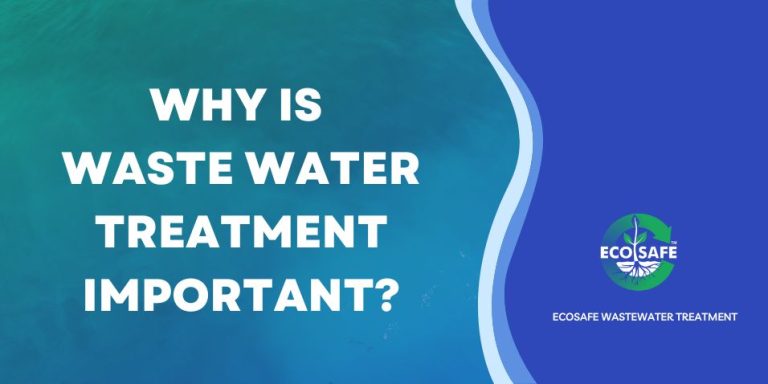The smart Trick of Reclaim Waste That Nobody is Discussing
Reclaim Waste Fundamentals Explained
Table of ContentsExcitement About Reclaim WasteAbout Reclaim WasteThe Best Strategy To Use For Reclaim WasteThings about Reclaim WasteGetting The Reclaim Waste To Work
Discover the kinds, events, and kinds of liquid waste. Residential sewer waste refers to the waste and products from a property septic system. This sort of waste is produced by people in houses, schools, and various other structures. This only includes septic systems that have a drain area. The correct management and disposal of domestic sewer waste need fluid waste to be transferred to a sewage therapy plant where the appropriate approaches and tools are put on detoxify and throw away waste.
Business waste usually includes possible hazards, such as flammable materials or a mix of liquid and solid waste items, and needs a more sophisticated and detailed disposal procedure. The disposal of business waste generally involves the purification of waste prior to transportation to ensure risk-free and appropriate disposal. Hazardous waste is produced from byproducts and drainage of commercial procedures and manufacturing.
This kind of waste can not use the very same sewage administration transportation or processes as septic or industrial liquids. The hazardous waste monitoring process calls for the assessment and testing of liquid waste prior to it undergoes the disposal procedure (liquid waste disposal). Runoff waste is the liquid waste that comes from runoff and excess stormwater in extremely inhabited areas or cities
Overflow waste can trigger contamination and flooding if not dealt with properly. Ensuring appropriate waste administration can avoid calamities and lower environmental injury.
Facts About Reclaim Waste Revealed
Contact PROS Providers today to discover about our waste monitoring and disposal solutions and the proper methods to take care of the fluid waste you produce.
(https://www.twitch.tv/reclaimwaste1/about)This so-called 'wastewater' is not only an essential resource yet, after therapy, will be released to our land, rivers or the sea. Utilized water from toilets, showers, bathrooms, cooking area sinks, washings and commercial processes is known as wastewater.

water made use of to cool down equipment or tidy plant and equipment). Stormwater, a type of wastewater, is drainage that flows from agricultural and urban locations such as roofings, parks, gardens, roads, courses and rain gutters right into stormwater drains, after rain. Stormwater moves unattended straight to local creeks or rivers, ultimately reaching the ocean.
Excitement About Reclaim Waste
In Queensland, many wastewater is dealt with at sewage treatment plants. Wastewater is transferred from domestic or commercial websites with a system of sewage systems and pump terminals, understood as sewerage reticulation, to a sewer treatment plant. Neighborhood governments build, keep and operate most sewage therapy plants. Operators are accredited under the Environmental Management Act 1994 to discharge treated wastewater at an acceptable ecological requirement right into rivers.
The Division of Natural Resources recommends local governments about handling, operating and preserving sewerage systems and therapy plants. In unsewered locations, city governments might require homeowners to mount individual or house sewer treatment systems to deal with residential wastewater from bathrooms, kitchen areas, shower rooms and laundries. The Division of Natural Resources authorises using house systems when they are shown to be efficient.
A lot of stormwater receives no therapy. In some new subdivisions, therapy of some stormwater to remove litter, sand and crushed rock has begun utilizing gross toxin catches. Wastewater therapy occurs in four stages: Eliminates solid issue. Bigger solids, such as plastics and other items mistakenly discharged to sewers, are removed when wastewater is passed with displays.
Makes use of small living microorganisms knows as micro-organisms to damage down and eliminate remaining liquified wastes and great fragments. Micro-organisms and wastes are integrated in the sludge.
Get This Report on Reclaim Waste
Nutrient removal is not readily available at all sewage treatment plants due to the fact that it requires expensive specialized equipment. Clear fluid effluent created after treatment might still have disease-causing micro-organisms - liquid waste removal melbourne.

This usually implies wastewater needs to be dealt with or pollutants eliminated before it can be released to waterways. Most wastewater streams into the sewerage system. Under the Act, city governments carry out approvals and permits for eco relevant activities (Periods) entailing wastewater releases that might have a local impact. The division carries out authorizations and licences to ERAs entailing wastewater releases that could have a local or statewide impact.
Rumored Buzz on Reclaim Waste
Otherwise, samples are taken More hints for research laboratory analysis. Typically lots of examinations are needed to establish the degrees of each of the different toxins such as oils, hefty steels and pesticides in water. Monitoring gives factual details concerning water high quality and can confirm that permit conditions are being satisfied. The info acquired through surveillance provides the basis for making water high quality choices.